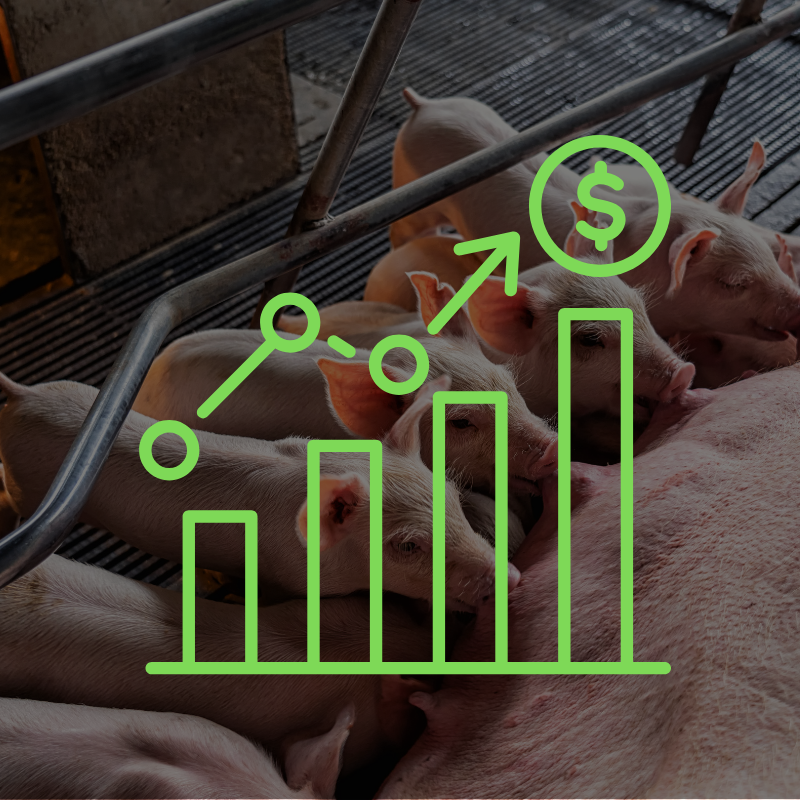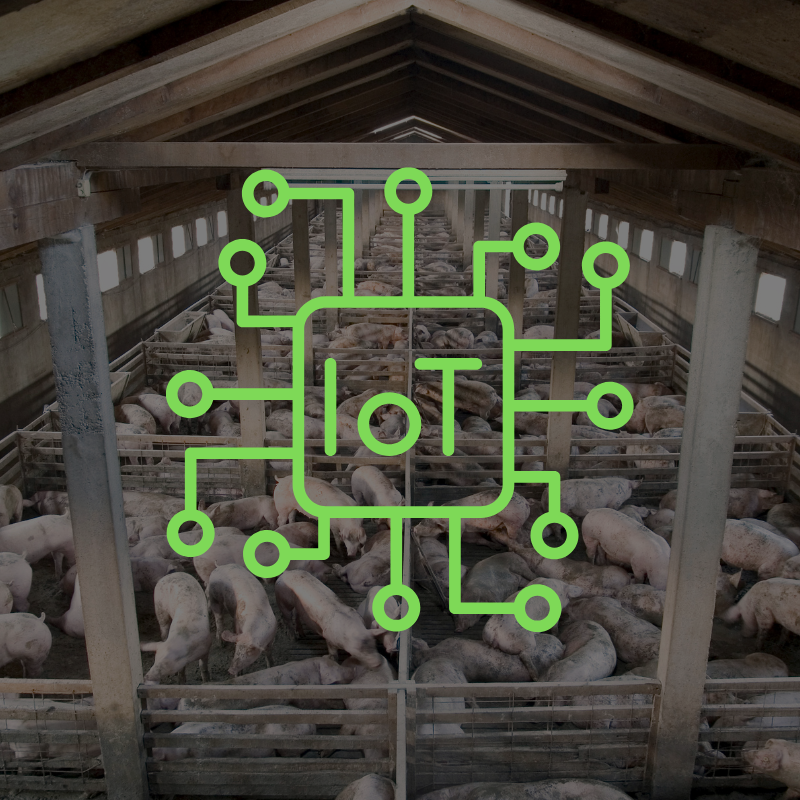In the evolving world of commercial hog farming, the line between animal health and digital infrastructure is thinner than ever. With precision agriculture, remote monitoring systems, and interconnected supply chains now at the heart of daily operations, information technology has become more than a support function. It is a direct contributor to animal welfare and business viability.
Travis Barker, a former commercial hog tech director and now the founder of EZIT Solutions, knows this reality firsthand. After more than a decade managing tech infrastructure for large-scale hog operations, he now helps producers mitigate the risks associated with outdated systems, cybersecurity threats, and operational downtime.
“My 10 years inside commercial hog systems gave me a front-row seat to what really breaks when IT fails,” Barker says. “It’s not just a server—it’s the pigs, the margin, the flow of everything.”
Here are five operational truths Barker believes every producer should take seriously when evaluating the role of IT in their barns.
1. IT Is Not Crisis Support. It Is Profit Support.

According to USDA data, over 50% of small family hog farms operate under high financial risk. A single system failure—such as a water valve failure or power surge that knocks out environmental controls—can escalate rapidly, especially during periods of heat or disease pressure.
Barker notes that many producers only think about IT when something fails. “People don’t think about IT until they panic,” he says. “But at that point, the damage is already underway.”
Stable infrastructure, routine system checks, and real-time alerts are now essential to ensuring pigs remain fed, hydrated, and comfortable.
2. Automation Is Not a Luxury. It Is a Core Part of the Job.
From ventilation and feeding to loadout logistics and health data collection, automation already powers most barn-level functions. However, Barker observes a disconnect between the barn and the office.
“It made no sense to me that we’d automate temperature and rations, but not the way we track our antibiotics or submit records,” he says.
According to a 2025 Purdue agribusiness study, farms that implemented integrated digital systems across both operations and administration improved overall efficiency by 17% and reported fewer compliance violations.
3. Every System Affects Animal Health.
Technology failures aren’t just inconvenient. They can affect weight gain, water intake, and animal stress.
A recent SwineWeb report stated that sensor-triggered alerts account for over 60% of early-stage issue detection in large-scale operations. However, when the underlying systems fail due to poor connectivity, neglected maintenance, or software errors, the ability to detect and respond is compromised.
“People still act like IT is separate from animal care,” Barker says. “It’s not. It’s tied to the comfort and health of the pigs at every level.”
4. Downtime Is More Than Inconvenient. It’s Expensive.
The agricultural sector has become a prime target for ransomware attacks. According to the FBI and USDA, agriculture is now among the top five industries targeted globally.
Barker recalls a producer who paid $8 million in ransom after attackers froze access to his environmental control and feed management systems. “His animals couldn’t wait, and neither could his operation,” Barker says.
Downtime can also result in labor inefficiencies, supply chain disruptions, and data loss. The 2021 JBS cyberattack cost the company $11 million and temporarily closed multiple processing plants. A similar event at a hog farm could shut down entire production cycles.
5. Technology Has Become a Key Tool for Herd Health.

Pigs don’t communicate stress until it’s often too late. For this reason, Barker emphasizes the importance of accurate and continuous data flows.
“Biosecurity used to be about boot changes and locked doors,” he explains. “Now it includes cybersecurity protocols, backup networks, and segmenting systems to prevent total outages.”
A 2024 study in Frontiers in Agriculture found that farms with integrated alert systems experienced 22% fewer respiratory health incidents compared to those with manual monitoring practices.
Action Steps Barker suggests:
- Implement multi-factor authentication (MFA) for all critical systems
- Use network segmentation to prevent full outages during cyber events
- Schedule routine data backups and system restoration tests
- Work with integrators to define roles in the event of a cyber breach
- Subscribe to USDA and FBI agriculture cybersecurity alerts
A New Kind of Biosecurity
Running a commercial hog farm has always required resilience. What’s changed is the kind of resilience producers must prepare for.
“IT management and Cybersecurity isn’t just about protecting data,” Barker says. “It’s about protecting animals, uptime, and the entire food supply chain.”
In an era where health outcomes, financial stability, and compliance are increasingly digital, seamless IT infrastructure may be one of the most important investments a producer can make.
Barker’s message is straightforward: When IT fails, it’s not just an inconvenience. It’s everything the business touches. There are hidden costs associated with everyday operations and significant expenses to thin profit margins when unexpected IT downtime or a security threat occurs.
Travis Barker is the founder of EZIT Solutions, an IT and cybersecurity firm serving agriculture and food production businesses. He previously spent 10 years managing technology and operations in the commercial hog production industry.

